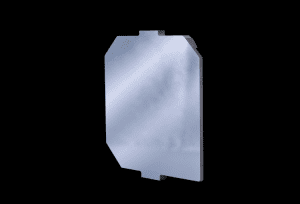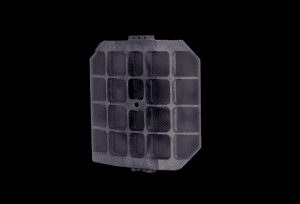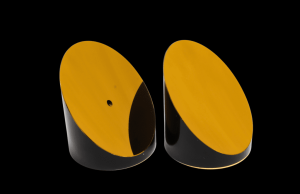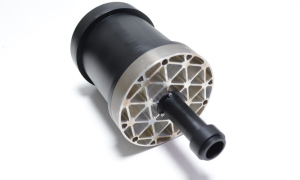Key Takeaways:
- Satellite telescope optics, like those in the James Webb and Hubble Space Telescope, are designed for durability, thermal stability, and premium imaging capabilities in extreme conditions.
- Avantier produces space or satellite telescopes, SiC Optics, and OAP mirrors, specializing in custom, high-quality optical components, for example, Ritchey-Chretien telescopes. SiC mirrors offer strength and thermal stability, while OAP mirrors provide a compact, efficient design.
- Avantier’s expertise ensures reliable performance for both satellite and ground-based observations.
Precision satellite telescope optics
How much is really visible from hundreds of miles in space? Quite a bit, it turns out, if your imaging station is equipped with precision satellite telescope optics.
Satellite and space telescope optics are a step up from the optics usually used on earth. They’re built to be especially light, especially durable, and to deliver premium imaging capabilities in a very minimal package. A satellite telescope must be able to function well when it is very hot and when it is very cold— and be able to handle temperature shifts between two extremes. It must be resistant to radiation damage and protected as much as possible from any space debris. It must be dependable since servicing a satellite telescope or adjusting configurations is typically not an option.

Satellite Telescope Optics: One Example
The Hubble space telescope is one example of satellite telescope optics. It is a Ritchey Chretien telescope, or RC telescope, and includes hyperbolic primary and secondary mirrors that effectively eliminate coma, or off-axis optical errors. The primary mirror is 2.4 meters in diameter.
At a location of about 340 miles (545 kilometers) above the surface of the world, this space telescope is able to take images that avoid distortions due to atmospheric refraction, obstruction by clouds, or the absorption or scattering of other wavelengths of light. Although it cannot detect gamma ray space radiation, it is able to observe visible light as well as near-infrared and ultraviolet radiation.

If you’d like to make another Hubble we can certainly help you with the optics you need. If—- as may be more likely— you need optics for a smaller-scale satellite telescope optics, we can work with you on that as well. At Avantier, we produce space or satellite telescopes, and high precision optical components such as SiC and OAP mirrors for space applications. While we have parts in stock, we are also equipped to create fully custom optical products that precisely meet our client’s exact needs. A robust design and engineering department enables us to take your ideas and turn them into precision optics that perform dependably under even adverse orbital conditions.
SiC Mirrors
Silicon carbide is the magic ingredient in many of our space optics. An advanced composite ceramic, it has some properties that make it the substrate of choice for satellite optics.
Perhaps most crucial to its use in satellite telescope optics is the way it is both strong and thermally stable at the same time. In fact, there is no other optically polishable material that rivals it in terms of a winning combination of specific stiffness and thermal-optical stability. It’s also lightweight and has high thermal conductivity, which means it can effectively dissipate heat.
The unique strength of silicon carbide means it provides both the structural strength and optical qualities needed in space optics. To minimize weight, SiC mirrors are often manufactured with a thin surface backed by a honeycomb structure.


The high structural strength of silicon carbide enables lightweight mirrors with a honeycomb backing, ideal for satellite telescope optics.
OAP Mirrors
An off-axis parallel mirror, (OAP mirror) provides a compact, low mass and efficient design ideal for satellite telescopes. Essentially, these mirrors consist of a slice or cut-out from a larger parabolic mirror. An OAP mirror has a large field of view and effectively focuses light without introducing spherical aberrations.

RC Telescopes for Satellite Use
Richey Chretien telescopes are preferred for professional scientific research because of their wide field of view, absence of off-axis optical errors and high image quality. It also has a short optical tube assembly, giving it a compact design. There’s only one downside to RC telescopes: they require state of the art equipment and sophisticated techniques to manufacture and test. At Avantier, we have the experience needed to produce high quality Ritchey Chretien telescopes for satellite or ground based observations.

Contact us today if you are in need of custom satellite telescope optics or SiC Optics for your space application.
GREAT ARTICLE!
Share this article to gain insights from your connections!




